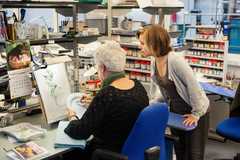Royal Copenhagen / Copenhagen
Planting the seeds
Royal Copenhagen is one of the world’s oldest companies and Flora Danica porcelain is its flagship product. Handpainting the delicate dinner set is an art that takes years of intensive training. We meet the master and her apprentice.
“I’ve never been good with computers or books but I’ve always been able to draw,” says 28-year-old Royal Copenhagen Flora Danica apprentice, Jacqueline Tranemose Fredericia. “I saw an advert in my technical college newspaper inviting people to apply to study porcelain painting [a course in partnership with Royal Copenhagen] and I thought it sounded exciting. Actually, I thought, ‘Yes, that’s what I want to do for the rest of my life.’”
Flora Danica is the flagship product of Royal Copenhagen porcelain, a handmade dinner service with a tradition dating back more than two centuries. Jacqueline must learn to paint more than 3,000 indigenous plants during an initial, intensively supervised training period of four years – she is in her third year – followed by 10 years’ on-the-job training.
In 2008, Royal Copenhagen moved virtually all production of its trademark “blue fluted” porcelain to Thailand but the 12 Flora Danica artisans remained in Denmark. One casts the white porcelain pieces and 11 do the painting.
“I just don’t think they will ever be able to make Flora Danica anywhere else,” says Jacqueline’s “master”, Judith Sørensen. “You have to have the Danish light when you paint, you have to be surrounded by the Danish plants, to get them inside you. You must always be thinking, ‘How would this flower be in nature? How would its curves be; how would it be in this light?’”
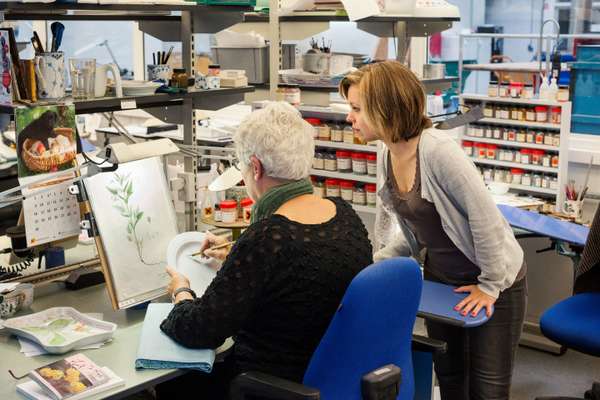
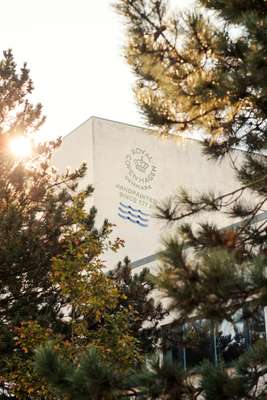
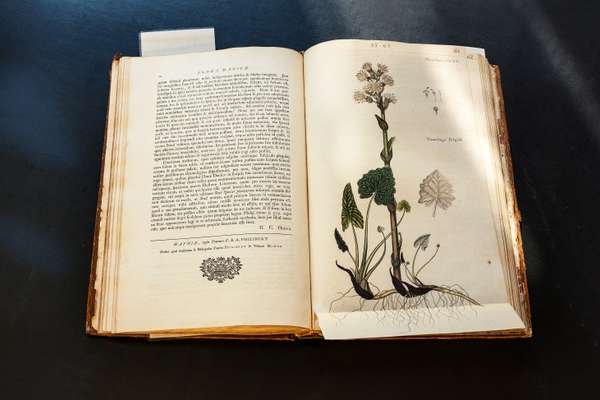
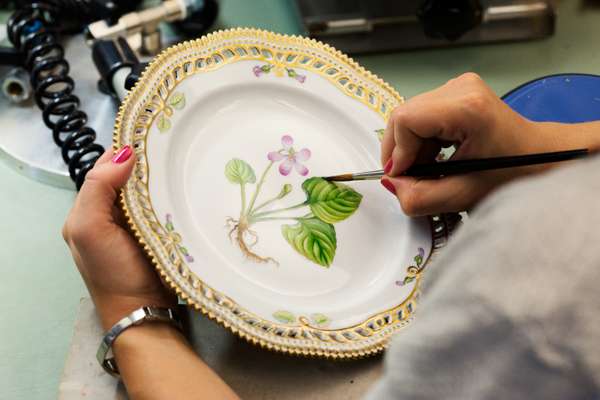

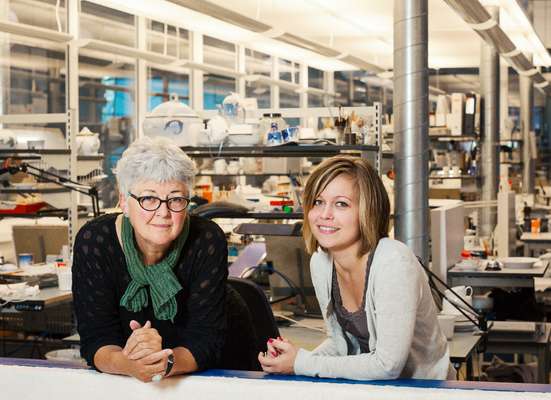
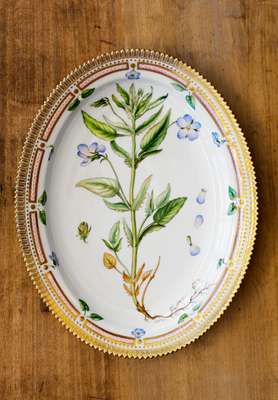
“Yes, and you have to express your feelings,” adds Jacqueline. After two years working together at close quarters, master and apprentice often finish each other’s sentences. “Each day is different: the light and your mood are reflected in how you paint on any given day. And I always hear Judith’s voice in my head when I am working.”
The mutual respect and affection between the two women is clear: Judith acknowledges the compliment with a shy nod. “It’s like handwriting, it’s so individual,” says the older woman. “It’s your soul, you could say. I can always tell who has painted a piece.”
Out of 10 students accepted for the course, Jacqueline is the only one who became an apprentice at Royal Copenhagen’s base in the Copenhagen suburb of Glostrup. It is time and labour-intensive work. Painters copy original prints from the 18th-century Danish botanical guide Flora Danica, inspired by the work of Carl Linnaeus in Sweden. The first stage, the drawing, has been the greatest challenge for Jacqueline.
“You do the first drawing with pen and ink and it has to be so accurate. You copy from the original prints but you have to scale it by eye to fit the piece you are working on.
The artists use old-fashioned pen and ink before filling in using water-based colours and brushes made from soft cow and reindeer hair. They begin with a first layer of the lightest paints, then a second darker, and a third darker still, before adding the gilding.
They must fire the piece after each stage and, at the end, all the painters gather to quality check one another’s work. “A bit frightening, that bit,” says Jacqueline. A plate can take between one and two days, a tureen up to a week. Prices range from around €700 for a plate to the most expensive piece, the Ice Bell, at €30,000, although the sky is the limit for bespoke orders.
When Judith trained in the 1960s her instructors were all men but that changed during the 1980s and, today, all the Flora Danica painters are women. When she began working for Royal Copenhagen, its main markets were the US, UK and Scandinavia.
Today, the Far East (predominantly China, Taiwan and Japan) is a growing market, along with the Middle East and Russia. They have not made a full dinner service for a few years but sales are on the up and, fittingly given the company’s royal roots, each year they supply the Danish queen with around 50 Christmas gift plates.
When Judith says she plans to retire in a couple of years, panic flashes across her apprentice’s face. “Oh, no, I can’t work on my own yet. I’ve only done two years of painting flowers and six months of gilding. I will probably spend the rest of my life doing this. It has become a second home, a second family for me.
Judith and I are different but we enjoy each other’s company.” When asked whether she can foresee a point in the future where she might introduce her own innovations, Jacqueline shakes her head vigorously: “No, no. My work shows my personality, but for me, it will always be about honouring what Judith has taught me.”
A royal history
Royal Copenhagen porcelain was founded in Copenhagen in 1775, its trademark blue and white designs inspired by Chinese glazed porcelain. Under royal patronage from the start, Royal Copenhagen introduced its flagship Flora Danica range in 1790.
The first set of 1,802 pieces took 12 years to complete and was delivered to Crown Prince Frederik as a gift for Catherine the Great. The 1,503 surviving pieces are on display at Rosenborg Castle, Copenhagen (apprentice Jacqueline visits it at least once a year), and are still used for state dinners.
Master
Judith Sørensen
1947 Born in Copenhagen
1964 Painter at Royal Copenhagen
1976 Mother/music teacher
1982 Over-glaze painter at Royal Copenhagen
Apprentice
Jacqueline Tranemose Fredericia
1985 Born in Frederiksberg
2010 Graduates Gladsaxe Technical School, becomes ‘Blue painter’ at Royal Copenhagen
2011 Becomes Flora Danica apprentice

